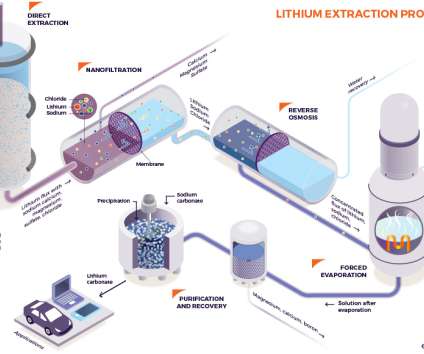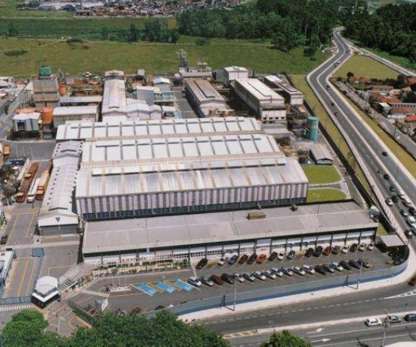Hyundai Motor and Kia collaborate with Next Hydrogen to develop advanced alkaline water electrolysis system
Green Car Congress
JULY 9, 2021
Hyundai Motor Company and Kia Corporation have signed a memorandum of understanding with Canada-based Next Hydrogen Corporation, a specialist in water electrolysis technology and a subsidiary of Next Hydrogen Solutions Inc., to bolster their efforts to usher in a global hydrogen society through cost-effective production of clean hydrogen.






















Let's personalize your content